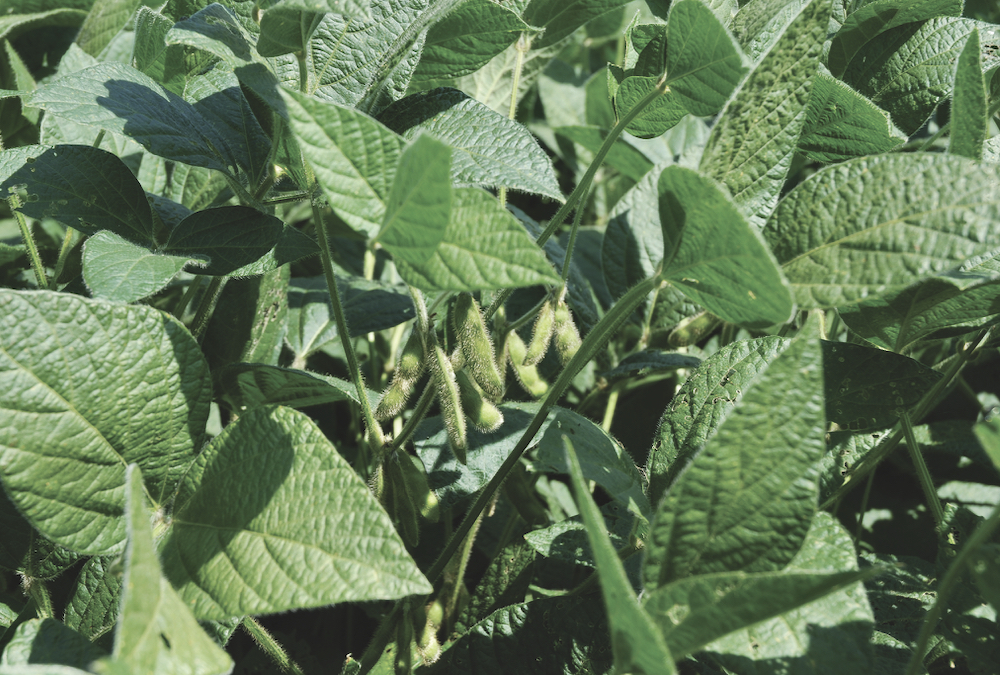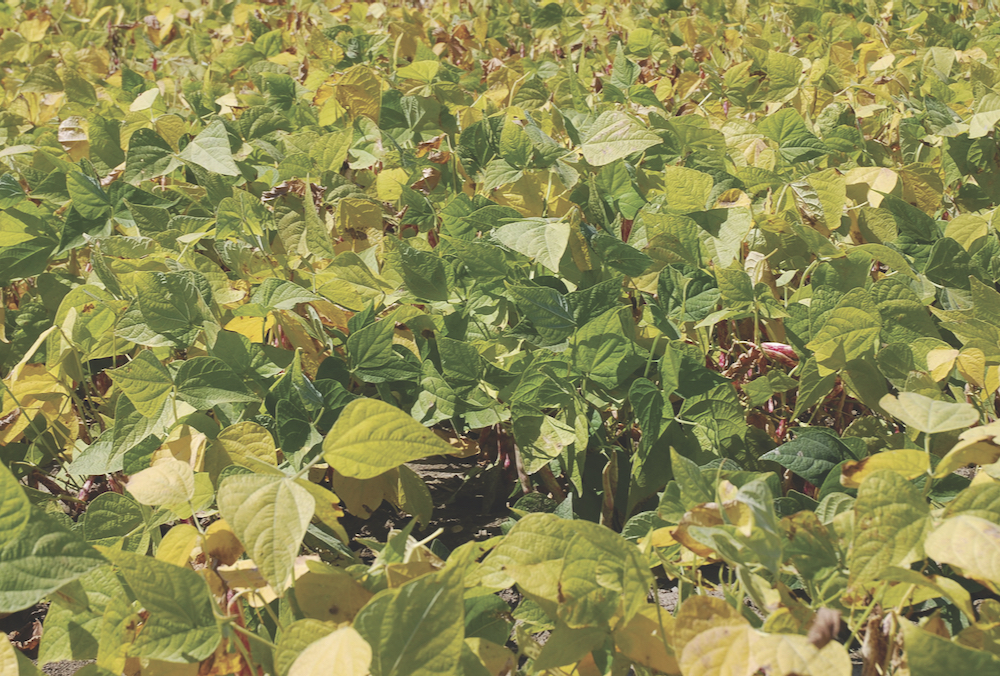The search is ongoing for more information about crop yields and the reasons they change from one year to the next. It’s a bit of a cruel twist that, as science brings more to a field, more questions accompany the findings.
Chris Roelands is fine with that. For most of the past two years, he’s been working with growers on a continuous monitoring project. In 2022, he started with corn on 68 sites and this past growing season, he expanded the program to more than 200 sites, all in an area from the north shore of Lake Erie to north of Walkerton and toward Kitchener.
Why it matters: Confirming what situations correlate with higher crop yields supports best management practices.
Read Also

The forced Japanese-Canadian farmers of the Second World War
Manitoba’s sugar beet farms drew on displaced Japanese-Canadians from B.C. during the Second World War
“We picked a representative spot — a normal soil type in that field and a place that has an average yield,” says Roelands, a certified crop advisor with Honeyland Ag Services near Ailsa Craig.
“It’s not a really good spot or a really poor spot, and that’s where we would try to set up our sites.”
Last year’s corn-focused project provided a benchmark for participating growers, with Roelands and the staff at Honeyland conducting most of the soil and tissue sampling. It’s a considerable amount of work but he sees it as an opportunity to learn what is happening in a grower’s field.
“The aim is two-fold: it’s for learning more about soil and plant tissue analysis and where yield comes from, with modern hybrids and modern equipment, where we are and what defines the high-yielding field versus a lower-yielding field.”
In the second year of the corn project, he added more levels of data, including planting dates, plant populations, precipitation levels (using Climate FieldView), growing degree days and even the type of tillage used. With the hope of attracting more participants, Roelands wants to add soil texture or the history of manure used on a field.
The 2023 growing season will also mark the benchmarking year for soybeans and edible beans.
“We’re going to ask, ‘what are the highest yielding fields that are on sandy soils? What are the highest yielding fields on clay soils?’” says Roelands. “We can start to break the data apart and further refine them. There are so many variables, it’s hard to really say.”

They’ll have 200 corn sites after this year with what he’s hoping will be a pool of 20 in the top 10 per cent over two years. It’s still a relatively small data set but many different factors can be analyzed.
His goal is to determine the best 10 per cent of yields and which of those have the greatest influence. Is it fertility levels or do planting dates affect performance? Or is it a reflection of soil conditions or tillage?
“There are a couple of hundred different things that could have a significant impact,” adds Roelands.
“It could be rainfall early in the season or late in the season or maybe total rainfall doesn’t even capture it. There are all these different ways to look at the data and we’re just trying to start with the ones we think are the most major and trying to get some idea of what happened within the year.
“The good news is, I can go back and do historical factors from last year to complete the data set.”

The view from Elgin
The value of these types of programs is increasing. The Great Lakes Yield Enhancement Network (YEN) project with wheat followed a similar venture in the Maritimes, and Agriculture and Agri-Food Canada’s Living Lab initiative shows there’s a desire for greater information sharing.
That’s part of what drew Adam Pfeffer to work on the same corn project as Roelands, through the Ontario Soil and Crop Improvement Association’s local chapter. As a grower, he agrees the challenges of working with corn are different from those in wheat.
“Weed control requires more attention in corn than wheat, pest management would be similar for fusarium control,” says Pfeffer, who’s also row crop market development manager for Bayer Canada.
“But corn has another layer with late-season tar spot management.”
Like Roelands, Pfeffer believes the goal for corn should be to maximize return on inputs and understand how those, along with application timings, are driving higher yields. Many farmers already grow high-yielding corn but it’s necessary to determine whether late-season nitrogen applications, where necessary, will pay off.
Pfeffer acknowledges the friendly competition created by YEN projects but their true value comes from the information they derive.
“I think some growers may want to keep some ‘secrets’, but most of us are open to sharing with each other on what we’re doing,” he says.
The goal is to try to drive profitability and yields higher while maintaining sustainable production practices.















